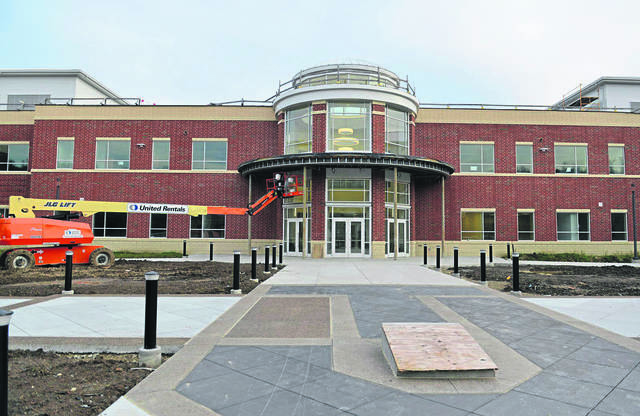West Jefferson Hills residents to see 7th straight tax increase
Share this post:
Residents in the West Jefferson Hills School District will see their real estate taxes increase for the seventh straight year in 2019-20, as the district follows through on a long-term plan to fund the new $95 million Thomas Jefferson High School.
Board members approved the district’s $55.6 million spending plan in a 7-0 vote on June 25, which includes a .604 mill increase in real estate taxes for 2019-20, setting the tax rate at 21.447 mills. Board members Kimberley Finnerty and Kristin Shoemaker were absent.
A homeowner with a property value of $100,000 will pay an added $60 in real estate taxes.
“The tax increase will provide for debt service payments for the new high school,” said Tracy Harris, finance director.
To fund the new Thomas Jefferson High School, set to open this fall at 830 Old Clairton Road, less than a mile down the road from the old TJ, the district borrowed funds for six straight years and raised real estate taxes to the state issued index for seven. This is the final year of that plan.
Over the six years, the district borrowed $91.9 million. Real estate taxes, including the increase for 2019-20, went up by 3.73 mills over the seven years.
In 2018-19, the district also began tapping into its fund balance to pay for a portion of the TJ project and the classroom addition underway at Gill Hall Elementary.
Harris estimated the district used about $6 million from the fund balance for the two projects in 2018-19. She estimates the fund balance will have about $27.2 million at the end of the 2018-19 school year.
The district plans to use roughly another $7 million from the fund balance in 2019-20 for the TJ and Gill Hall projects.
The Gill Hall project, for which district leaders awarded $6.3 million in contracts in April, is being paid for through the district’s fund balance.
The 2019-20 budget saw an increase in expenses from the $53 million 2018-19 budget.
Increased costs include the costs of running two high schools and all that goes with it, including insurance, added transportation costs to transport teams from the new school to the athletic facilities that will remain at the site of the old high school and new staffing added at the elementary level, Harris said. Service costs in the district went up by about 9 percent between the two years. Those include grass cutting and insurances, some of which can be attributed to running two high school buildings, Harris said.
There also was a 10 percent increase in debt service payments, a 4 percent increase in salary and benefit costs, a 2.57 percent increase employee retirement contribution rates and a 1.9 percent increase in health insurance costs.


